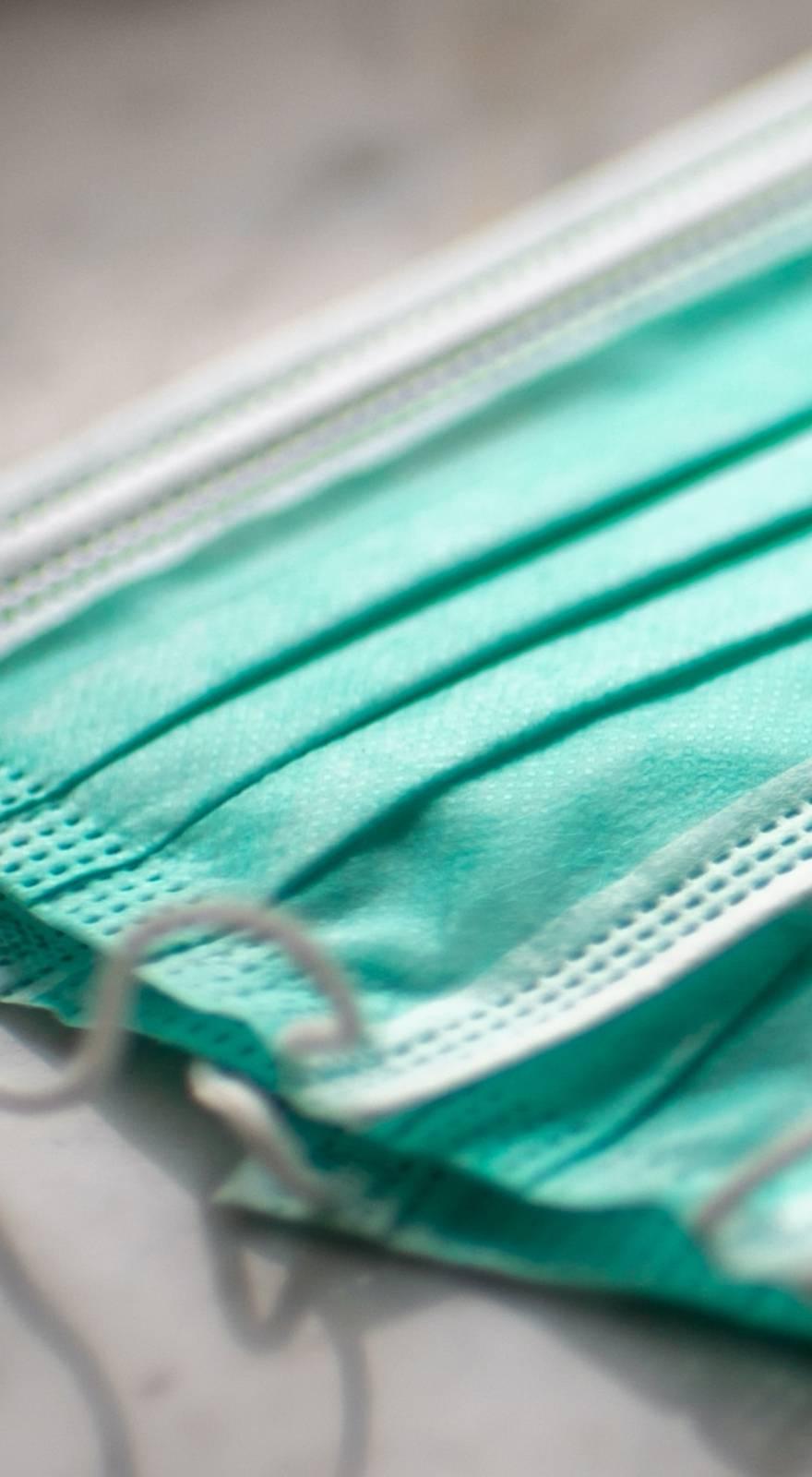Knowde Enhanced TDS
Identification & Functionality
- Chemical Name
- Pharma & Nutraceuticals Functions
- Specification
- USP 30
- Pesticides
- Negative
- CAS No.
- 404-86-4
- EC No.
- 206-969-8
- Technologies
- Product Families
- Chemical Formula
C18H27NO3
Features & Benefits
- Product Highlights
Capsaicin is the substance that causes the burning feeling in the mouth or nose (any contact with mucous membranes) and it also increases secretion of gastric juice. Capsaicin comes in two forms – natural, which is made from hot peppers, and synthetic, which is produced in a laboratory. The efficacy of the two forms appears to be identical.
Aversion Technologies offers the following technical grade capsaicin powders –
Powder
- 95% capsaicin powder
- 94% trans-capsaicin
- 99% cis-capsaicin
- 95% nonivamide
Choosing between natural capsaicin and synthetic capsaicin (nonivamide)
How does one decide between the natural and synthetic forms of Capsaicin? Natural capsaicin is most often used in food and pharmaceutical preparations, whereas nonivamide is most commonly used in commercial applications such as pepper sprays and animal repellents. If it is going to be used as a deterrent, then the synthetic form is the better choice, primarily because of cost. The natural product is the result of a two-stage extraction process – solvent extraction followed by super-critical fluid extraction. As a result, the natural product costs about four times as much as the synthetic form.
Capsaicin has wide usage in the medical field for relief of pain, and more recently has been shown to be effective in fighting cancers. Aversion Technologies offers technical grade capsaicin in its pure, natural form widely used in foods and pharmaceuticals.
Applications & Uses
- Markets
- Typical Applications
Medicinal
Capsaicin is used in topical ointments and creams to relieve minor aches and pains of muscles and joints. Capsaicin is also available in large adhesive bandages that can be applied to the back. Concentrations are typically between 0.025% and 0.075%. Research suggests that capsaicin is able to kill prostate cancer cells. The studies showed tumors treated with capsaicin were about one-fifth the size of the untreated tumors. One study suggests capsaicin may be effective against lung cancer cells and researchers in Canada are testing capsaicin as a cure for diabetes.
Non-lethal force
Capsaicin is the active ingredient in pepper spray. When the spray comes in contact with skin, especially eyes or mucous membranes, it is very painful.
Pest Deterrent
Capsaicin can be used to deter many pests, such as squirrels, chipmunks and other annoying animals. Capsaicin can be used as an additive to birdseed, since birds are unaffected by capsaicin. Insects are also unaffected.
Anti-foulant
Capsaicin is an attractive alternative to the currently used toxic metal-based anti-foulants for protecting submerged surfaces such as the hulls of boats.
Properties
- Appearance
- Off White Crystals
- Odor
- Very Highly Pungent And Easily Penetrating Odor
- Soluble in
- Oil
- Slightly Soluble in
- Water
- Typical Properties
- Microbiological Values
| Value | Units | Test Method / Conditions | |
| Total Capsaicinoids (HPLC) | min. 95.0 | % | — |
| Melting Point | 62 - 65 | °C | — |
| Loss on Drying | max. 2.0 | % | — |
| Residue on Ignition | max. 1.0 | % | — |
| Heavy Metals | max. 10 | ppm | — |
| Lead | max. 2 | ppm | — |
| Value | Units | Test Method / Conditions | |
| Total Plate Count | max. 1000 | cfu/g | — |
| Yeast and Mold | max. 100 | cfu/g | — |
| E. Coli | Negative | — | — |
| Salmonella | Negative | /10g | — |
| Scoville Rating | 15000000 | — | — |
Technical Details & Test Data
- Typical Concentrations Of Capsaicinoid Constituents
Capsaicinoid Abbrev. Typ.% Typ. SHU Capsaicin C 69% 16,000,000 Dihydrocapsaicin DHC 22% 15,000,000 Nordihydrocapsaicin NDHC 7% 9,100,000 Homodihydrocapsaicin HDHC 1% 8,600,000 Homocapsaicin HC 1% 8,600,000 Nonivamide (synthetic) PAVA 95% 9,200,000

